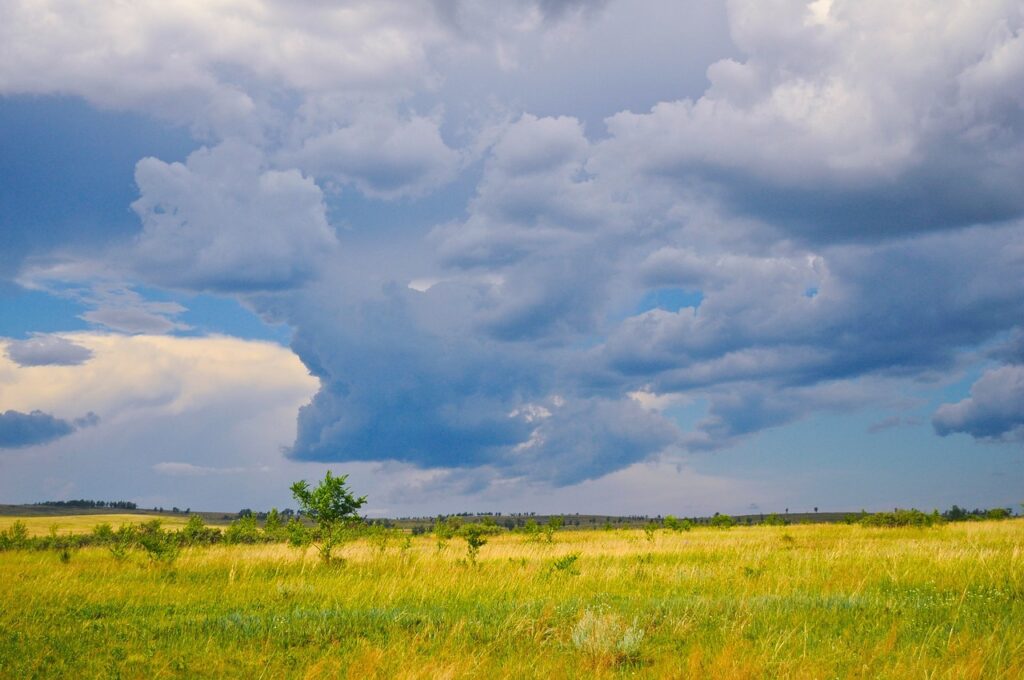Is Air a Pure Substance? Understanding What Air is
Air is all around us, filling our lungs with every breath we take. But have you ever stopped to wonder: Is air a pure substance? Is Air a Pure Substance? In simple terms, no, air is not a pure substance. It’s a mixture of different gases, primarily nitrogen and oxygen, along with traces of other gases such as carbon dioxide, argon, and water vapor. This means that air is not composed of a single type of molecule but rather a combination of various molecules. So, when we ask, “Is air a pure substance?” the answer is straightforward: no, it’s a mixture. Understanding Air Composition To comprehend why air is not a pure substance, it’s essential to understand its composition. The air we breathe primarily consists of nitrogen, making up about 78% of the atmosphere. Oxygen follows closely behind, comprising approximately 21%. These two gases are crucial for supporting life on Earth. However, air also contains small amounts of other gases, including carbon dioxide, which plants need for photosynthesis, and argon, an inert gas that makes up about 0.93% of the atmosphere. Variability in Air Composition One reason why air cannot be considered a pure substance is its variability. The composition of air can vary depending on factors such as location, altitude, and time of day. For instance, air at sea level contains more oxygen compared to air at higher altitudes. Similarly, air quality can vary due to pollution, affecting the concentration of gases present. This variability highlights the complex nature of air and reinforces the notion that it’s a mixture rather than a pure substance. Conclusion: Is Air a Pure Substance? So, is air a pure substance? No, it’s a mixture composed of different gases. Recognizing air as a mixture underscores its complexity and variability, impacting various scientific disciplines and our understanding of the world around us. As we continue to explore the mysteries of the atmosphere, acknowledging the diverse composition of air remains essential in unraveling its secrets. See also:
Is Air a Pure Substance? Understanding What Air is Read More »



